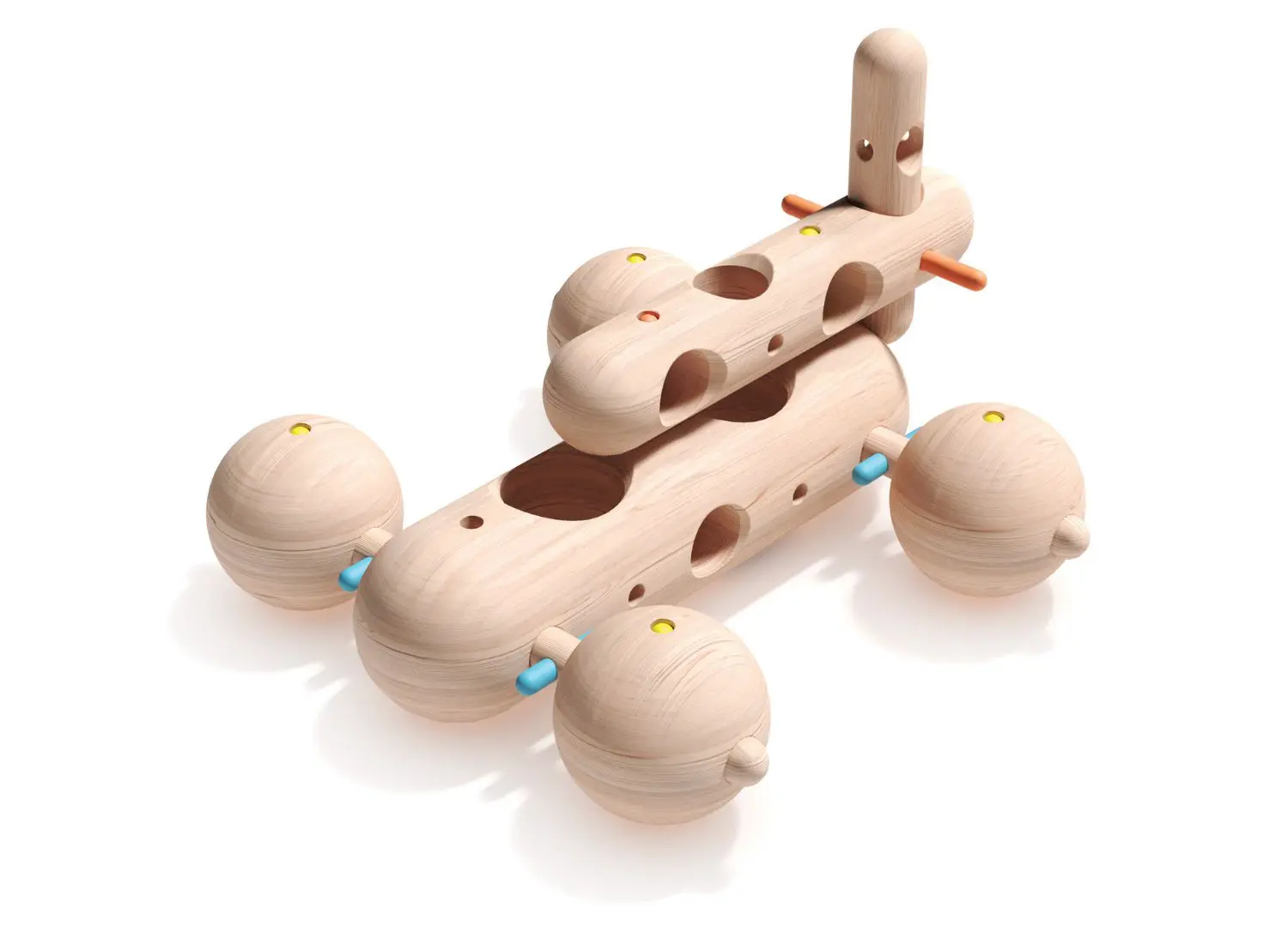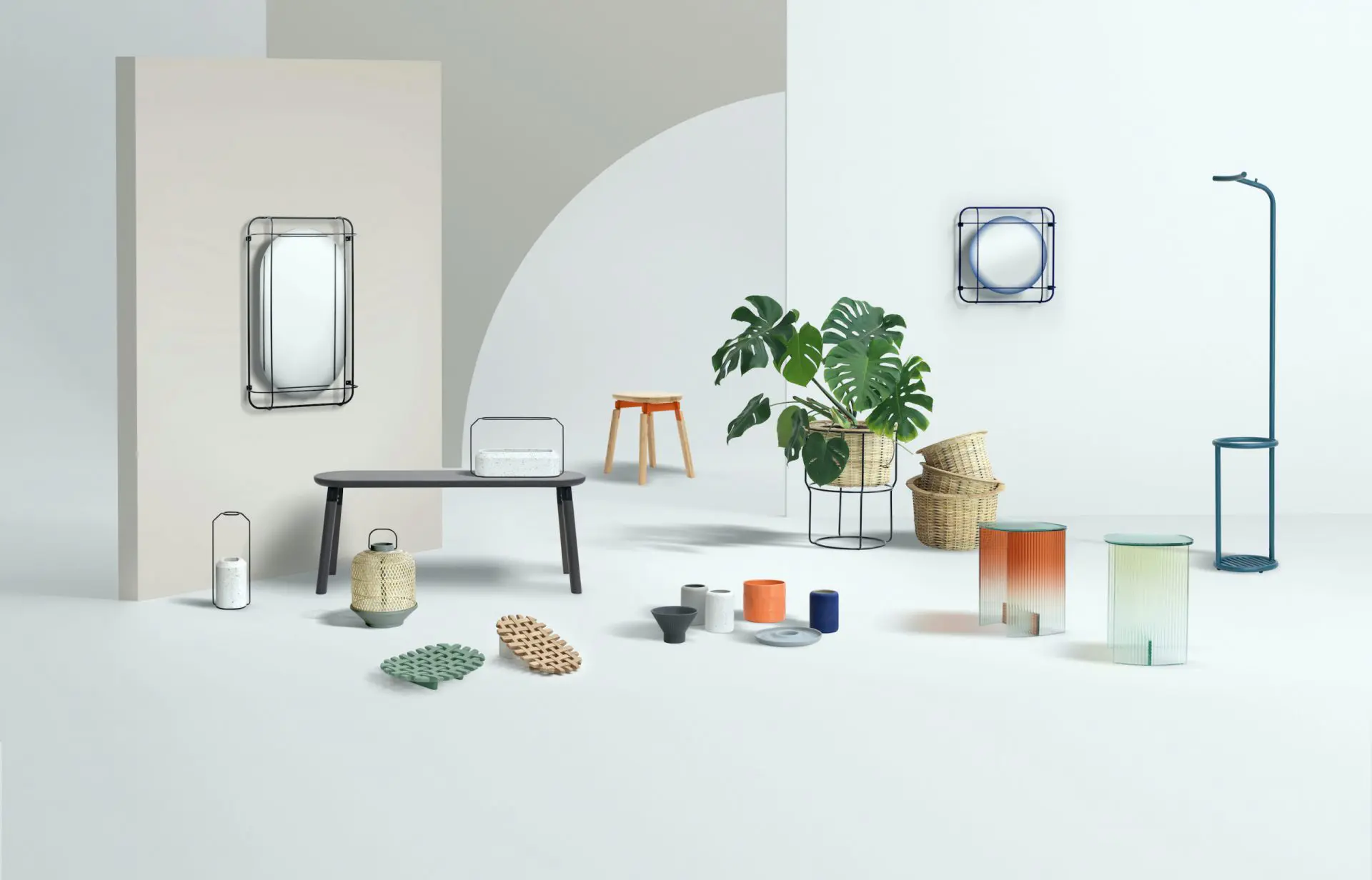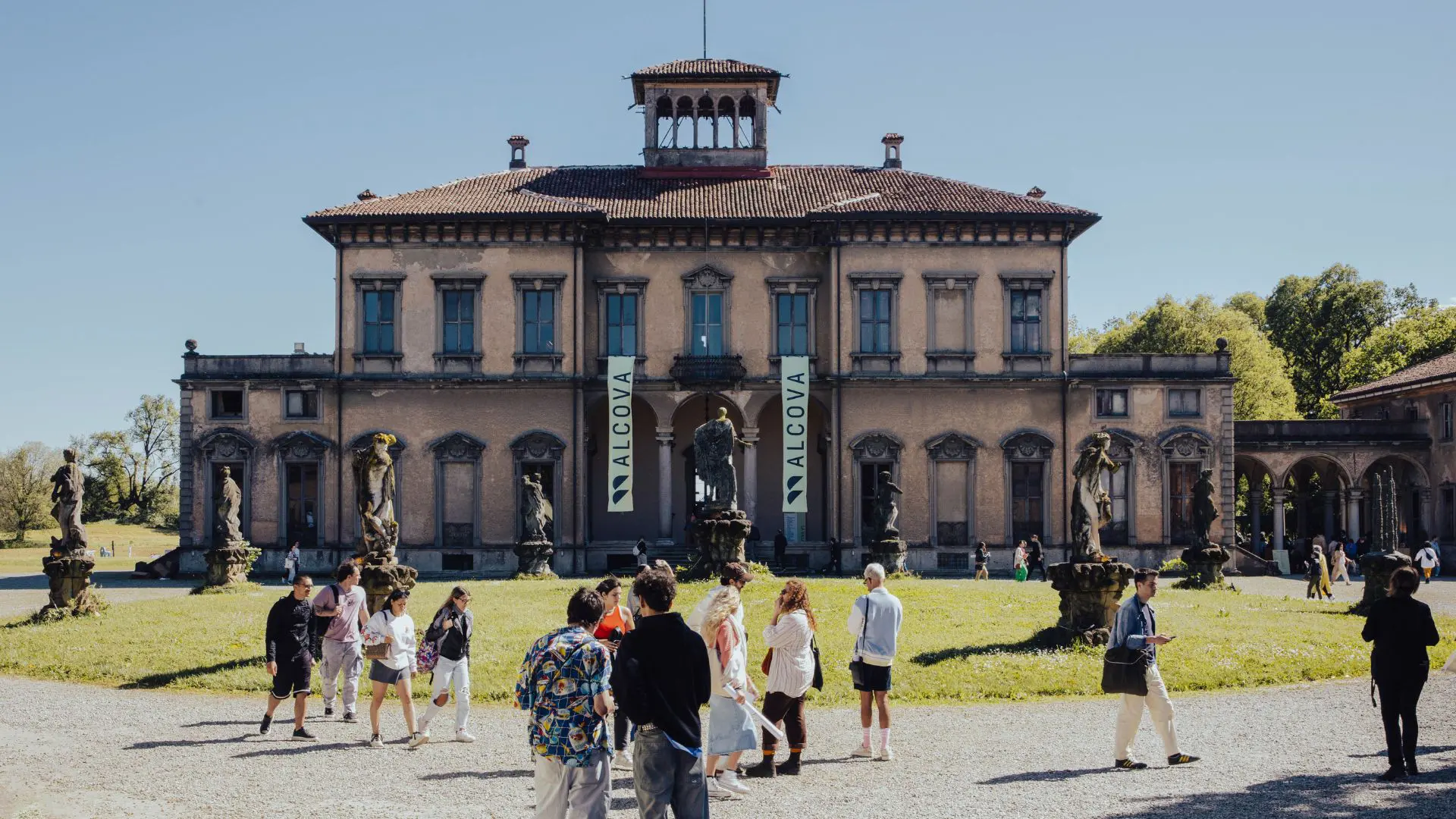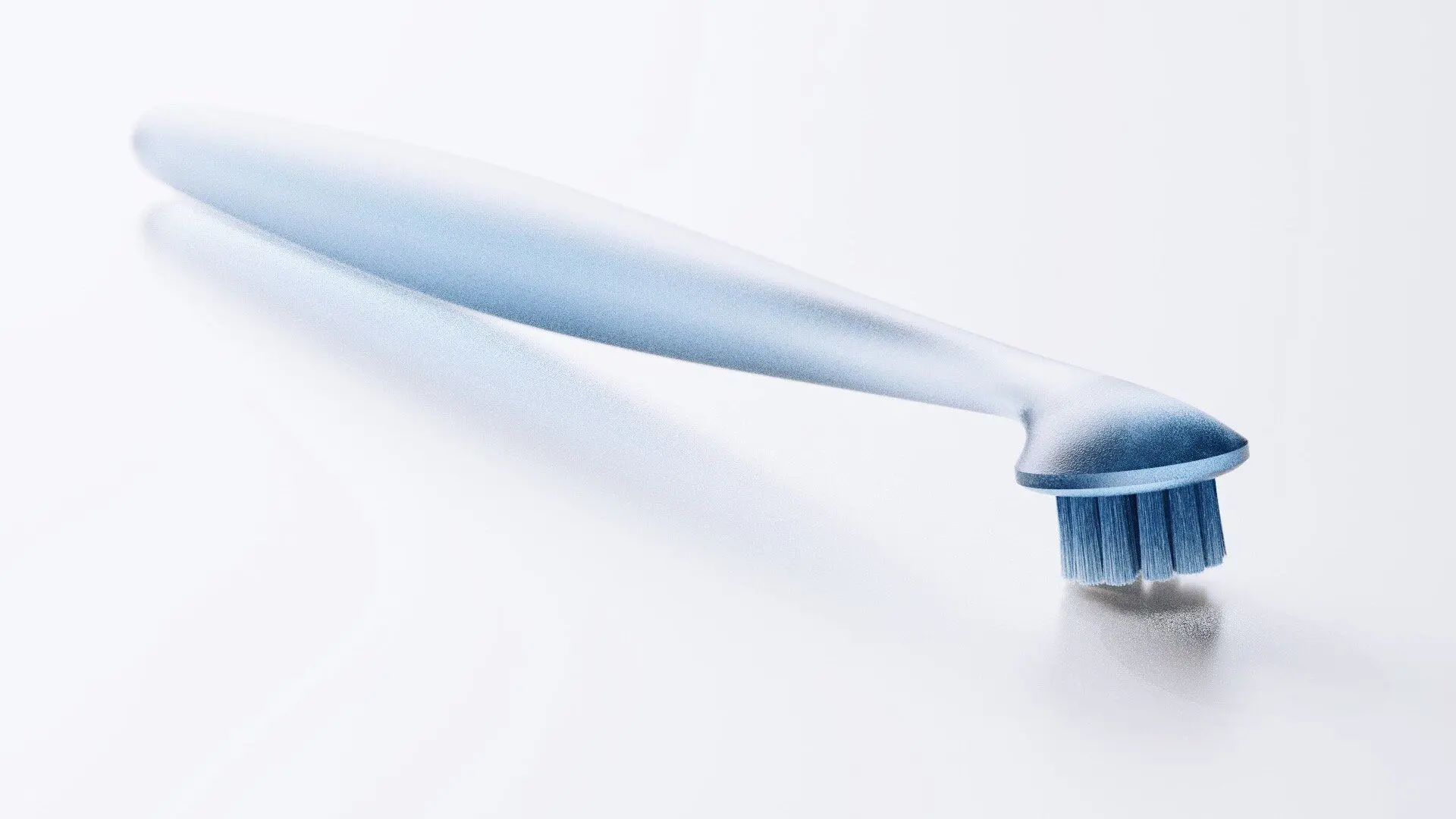Joyful design heritage. The discovery of Konstrukta toys design comes into production
Niko Kralj design for wooden toys was found in a cardboard box as one of the last pieces of his heritage. These toys are now under production and ready to purchase
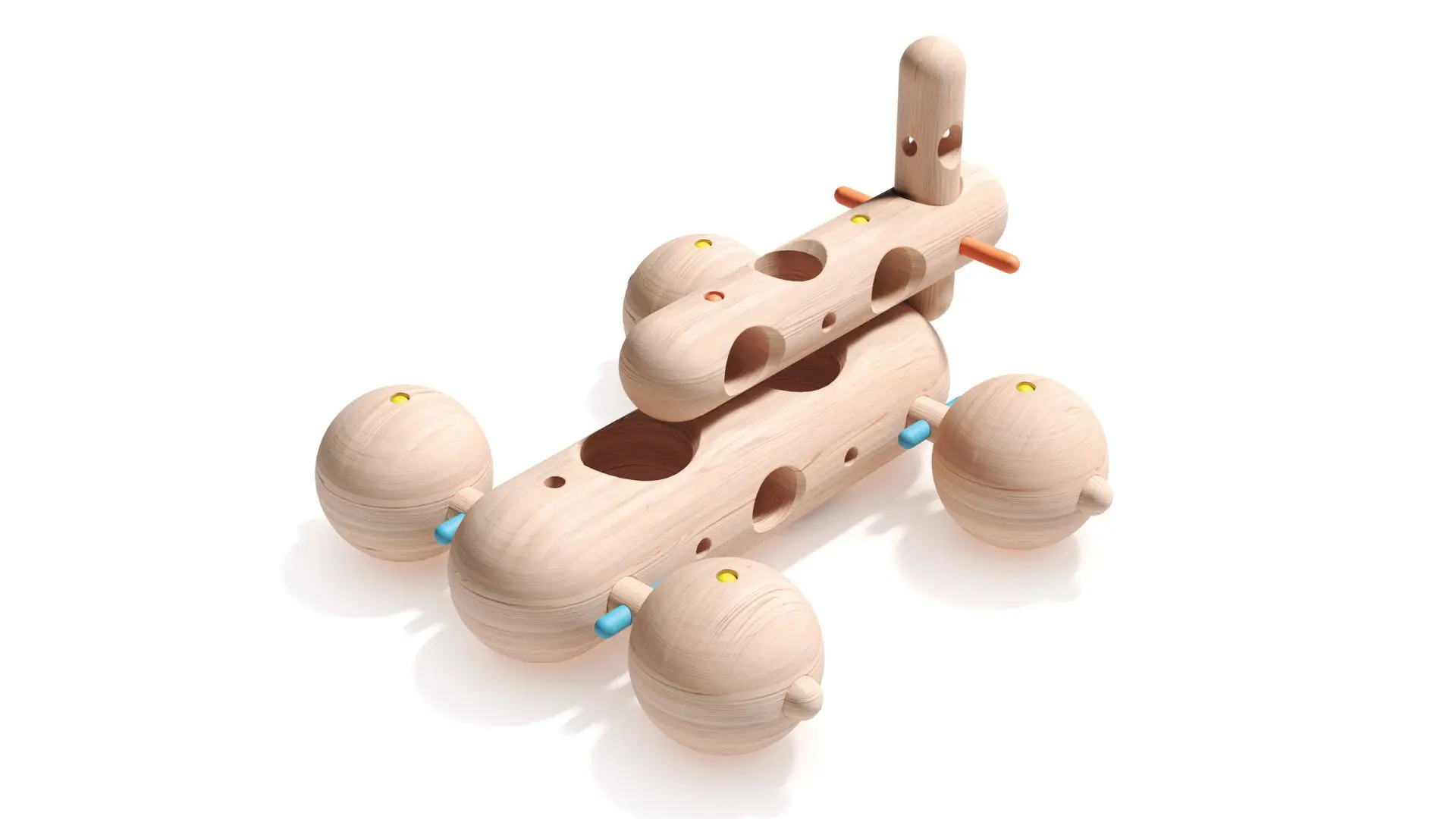
When the heiress of one of the most important 20th century industrial designers in the world finds the original plans, matrixes, and prototypes of a product, it is not to be ignored. This is the case of the Konstrukta toys, designed by Niko Kralj, who was one of the most important industrial designers in Slovenia and former Yugoslavia.
This toy design clearly represents the creative mind of Kralj as well as his passion for working with wood. The idea behind this product started with the aim to use unused parts left from furniture production and create something purposeful, and this is how Konstrukta was created.
In line with the current sustainable approach to toy design, Konstrukta is designed and produced in Slovenia with local wood and a natural finish, meaning it uses no paint nor varnish.
The potential of this toy is limitless as it can be used by kids above 3 years old, and adults. Besides this, Konstrukta is recognized as a STEM toy: it enables building, playing, experimenting, and rebuilding the objects.
In this interview, DesignWanted had the opportunity to delve into the history of the making of this toy, learn more about Niko Kralj, and also explore the unique characteristics that Konstrukta brings to the world of play.
What is Konstrukta? How did the journey for wooden toys begin?
Konstrukta:
“Konstrukta is a wooden, construction, didactic toy, suitable for children above the age of three years old as well as for children with special needs and old people, especially for work therapy in care institutions. Adults are not excluded since it is an entertaining, intriguing and technical toy to play with.
In 1976, Niko Kralj designed a wooden construction toy with the aim to foster creative thinking and technical skills among young people. Nowadays, the Museum for Architecture and Design (MAO for short) in Ljubljana is entrusted with safeguarding the artist’s heritage.
Most recently, Niko Kralj’s daughter found one of the last pieces of his heritage in the attic of the family house in an old and dusty cardboard box. There she found the original plans, matrixes, and prototypes for the Konstrukta toy. MAO clearly saw the potential of the modular toy and put forward a suggestion for its production by first addressing the designer’s heiress, his daughter Veronika, and connecting her with the Festival of Wood organization.
Niko Kralj (1920-2013) was one of the most important industrial designers of the second half of the 20th century in Slovenia. He gained a worldwide reputation with his timeless chairs, but he also developed modular furniture systems and other useful products. He attained worldwide renown with his chairs Rex, 4455, Mosquito, and Lupina. The first two form a part of the permanent collection in the Museum of Modern Art, the famous MOMA, in New York.
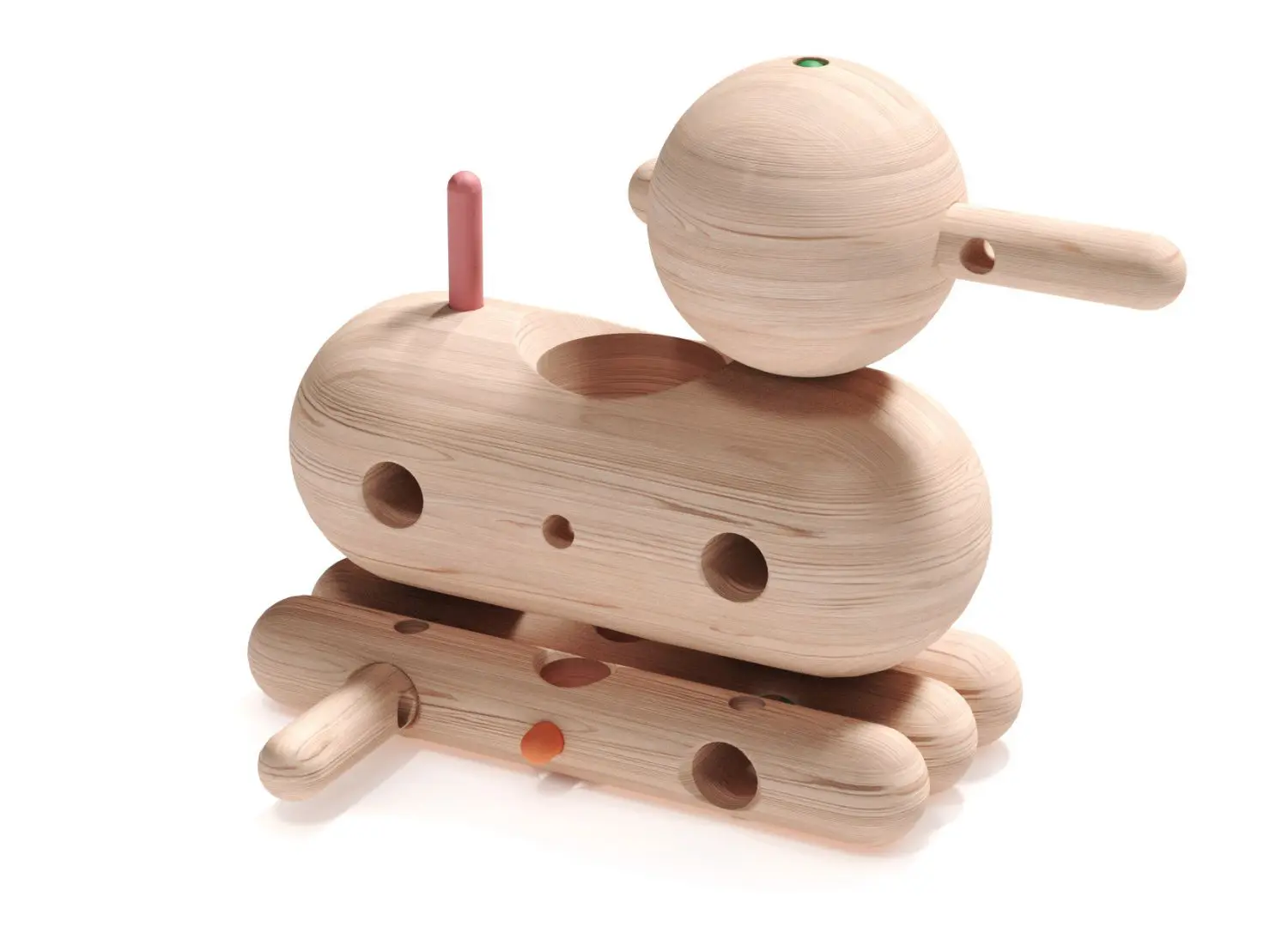
He also designed numerous products for the furniture industry and objects for everyday use. He was an innovator in construction, wooden joinery, and streamlined production. Altogether, he filed 118 patents and industrial design applications. In addition, he was a renowned university teacher, theorist, and researcher, who left behind abundant research material on Slovenian architectural heritage – hayracks.
Kralj was a member of international juries and expert groups, a court expert for industrial design, and expertly appointed by the UN organization for industrial development (UNIDO). He cooperated with eminent designers such as Charles and Ray Eames, Richard Buckminster Fuller, Olaf Pira, and Ferdinand Kramer. He was a recipient of over 100 prominent expert awards at home as well as abroad.”
Why Konstrukta, why focus on using wood in its natural form?
Konstrukta:
“We tested many different names but in the end, we decided on the name the designer Niko Kralj used for his idea of a furniture collection made of similar wooden sticks.
The designer’s first idea was to use unused wooden parts left in the furniture production for something purposeful. We followed his idea also due to the fact that Konstrukta is produced in the most forested region in Slovenia, namely Kočevsko. In the age of huge climate changes, we also believe that replacing plastic with natural materials is our duty.
We think using wood in its natural form is of utmost importance especially for small children to play safely. The wood used has neither paint nor varnish. Konstrukta is a healthy product that preserves all its natural characteristics.”

The collection of toys is minimalistic yet aesthetically timeless. Can you tell us more about how the toys work?
Konstrukta:
“Made for endless creativity and imagination, Konstrukta incites children’s curiosity and stirs their imagination. Using the wooden modules, either following the enclosed construction plans or their own imagination, they can construct a world of animals, buildings, vehicles, and other fantastic imaginary objects.
The toy develops logical thinking, attentiveness, and perseverance. At the same time, feeling wood under their hands tends to calm children. Hand-eye coordination stimulates children’s fine motor skills and increases their spatial awareness. While playing, children learn to solve problems and get acquainted with technical principles. Playing with friends is even more fun: cooperation and a whole world of ideas will form a solid base for the future creativity and imagination of children.
Konstrukta is a great toy made to last! It is usually quite easy to recognize objects of permanent value. We grow fond of high-quality objects, produced with care, that stay in families for decades, and develop an emotional relationship towards the toys that accompanied our childhood; we become aware of their value with time.
At the same time, we hope that our children, or even grandchildren, will play with them. High-quality toys provide children with a wide-ranging experience while offering them the possibility to develop respect for the world surrounding them. The Konstrukta toy is certainly one of those toys: precisely designed, simple, durable, and authentic, as is authentic children’s relationship with the world they are about to discover.”
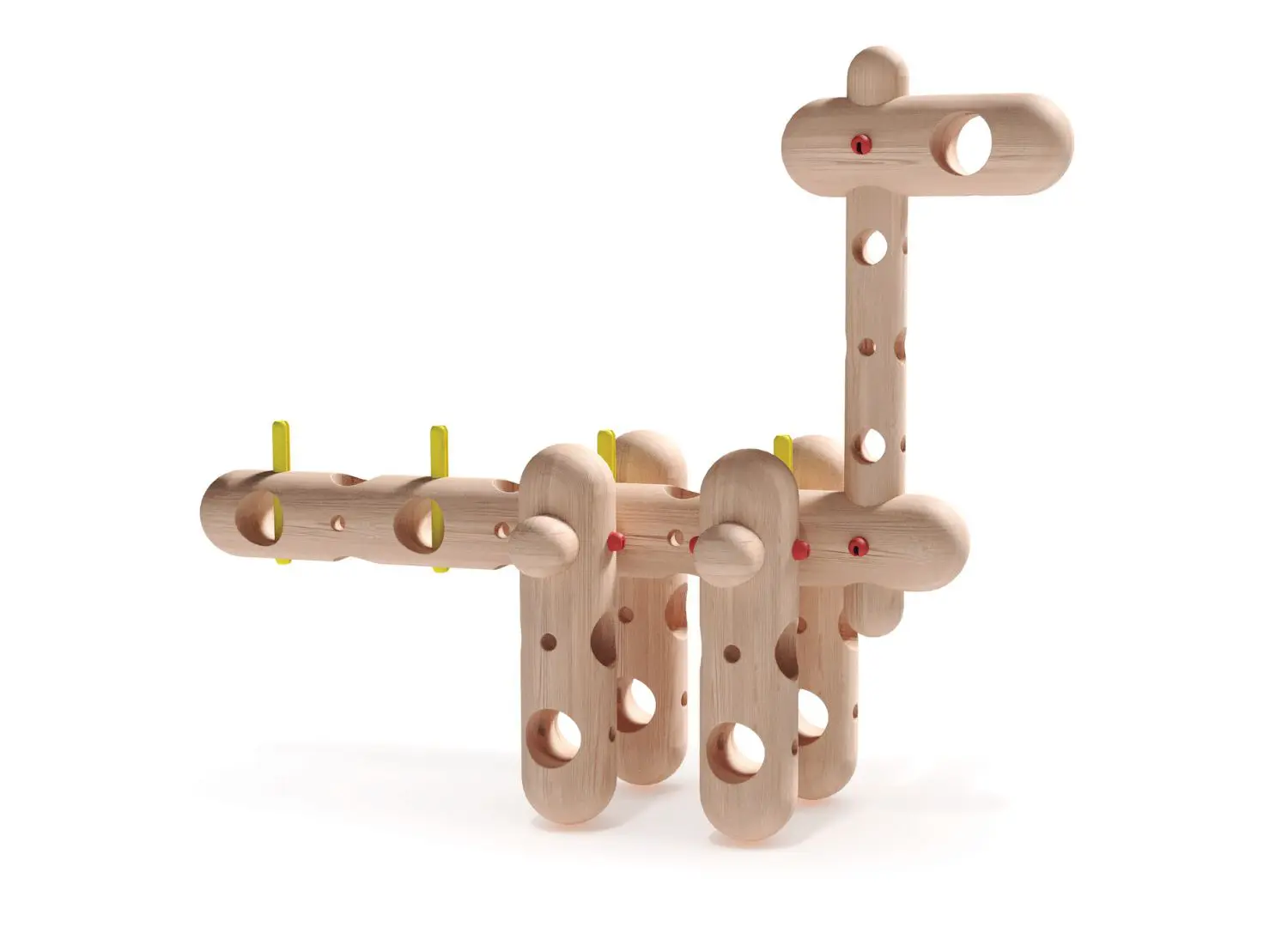
Konstrukta toys help develop STEM skills in children. Can you tell us a bit about the benefits of this and why is it important?
Konstrukta:
“According to the findings of the research made by Kathy Hirsh-Pasek, a psychologist from Temple University, STEM toys are those that develop competence in science, technology, engineering, and math. The latest researches show that the best STEM toys are classic toys.
These toys enable building, playing, experimenting, and rebuilding the objects. Such toys develop spatial and math capabilities. These toys should be active, encouraging, social, and great fun.
The best examples of STEM toys are wooden or Lego blocks, Tinkertoys (a child builds a helicopter or a vehicle and then moves around and plays with it), puzzles, and magnetic blocks.
Prof. Dr. Ljubica Marjanovič Umek, from the University of Ljubljana, has described in her expert evaluation the KONSTRUKTA toy. She describes it as a high-quality and interesting constructor that encourages convergent and divergent thinking while looking for new and different solutions and enables building basic technical knowledge, it is a typical “STEM “ toy that is a CONSTRUCTOR and at the same time a TINKERTOY.”
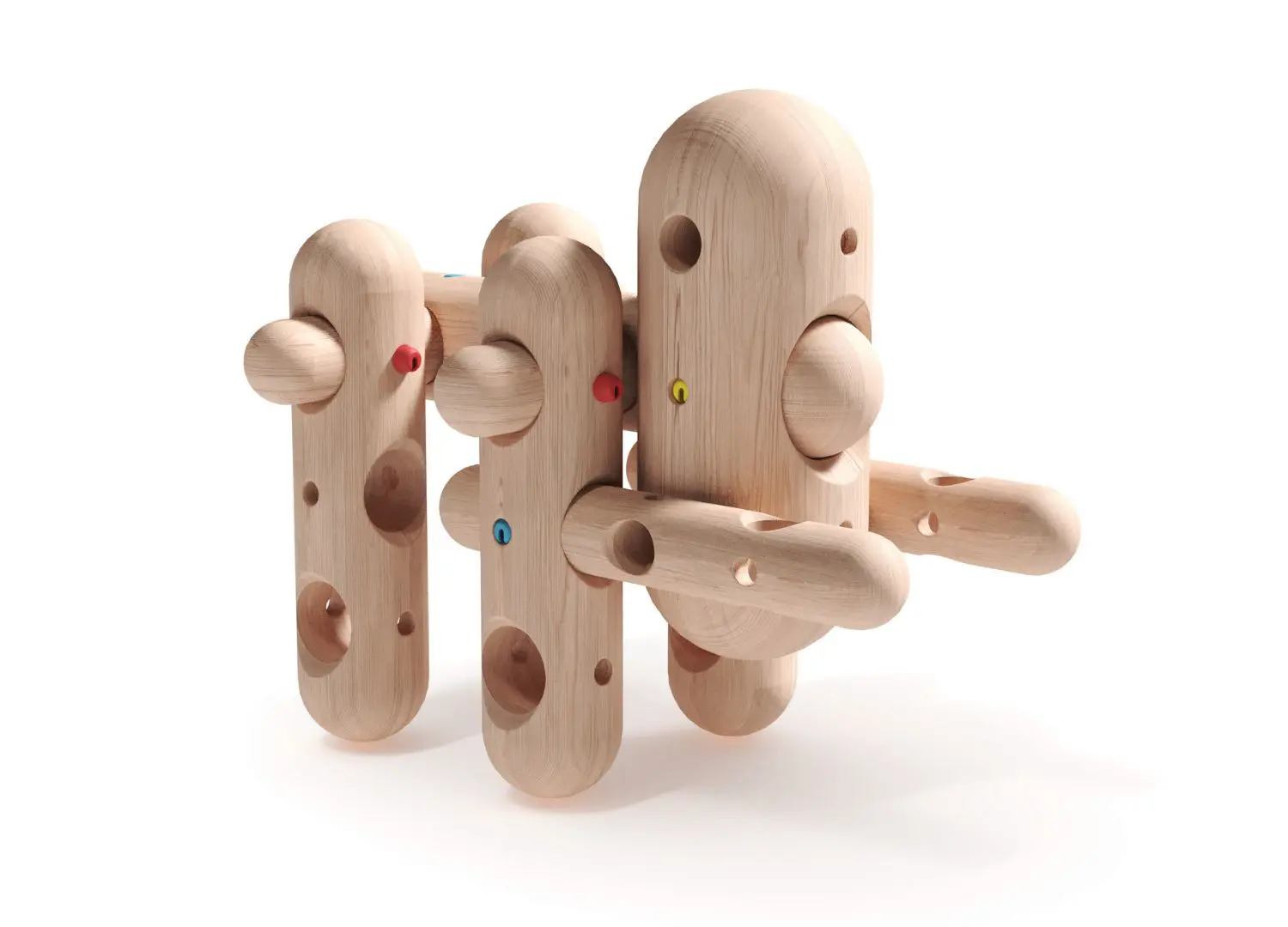
Talking about the unique origins of the brand and the design of Konstrukta, how is the production of the toys linked to Slovenia?
Konstrukta:
“Designed and produced in Slovenia, the Konstrukta toy is produced in the most forested region in the country, the Kočevsko. This forest is one of the best-preserved and rounded habitats in Europe and it includes the primaeval forest Krokar, recently listed as a UNESCO World Natural Heritage list.
Wood is a supreme material that is renewable and at the same time binds and retains CO2 from the air during its growth until its final disintegration and consequently induces a better climate.
The broader Kočevje and Ribnica region has been known for its century-long tradition of making woodenware, the so-called “suha roba”. For centuries, generations of woodworkers have developed refined, functional shapes of everyday objects that have been sold throughout Europe.
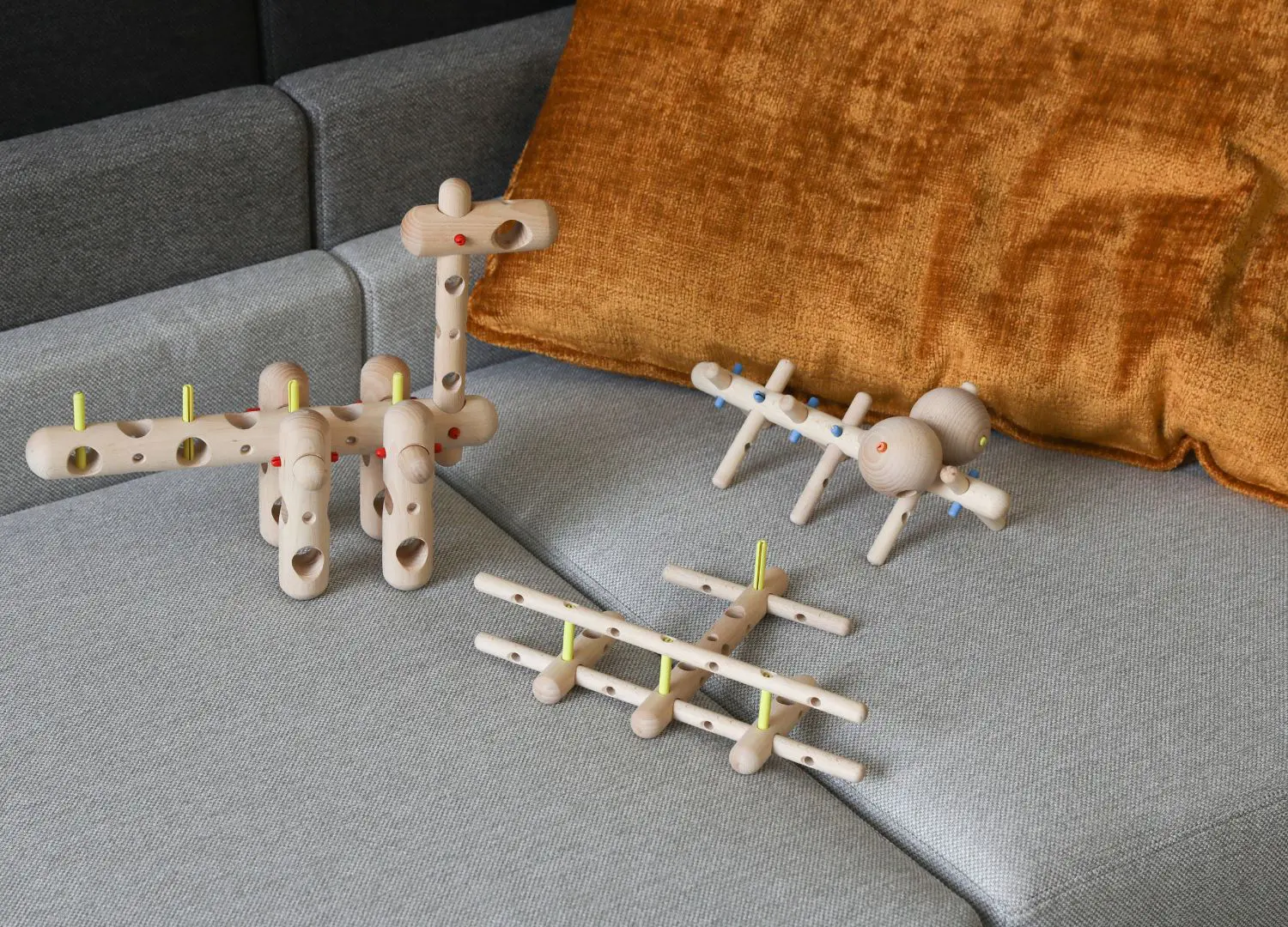
The present masters of the craft have preserved their knowledge and tradition and used it in the production of this toy. The toy is produced in their small workshops, with wood coming from the nearby forests. The production process is quite demanding as it is absolutely necessary to perform the ultimate precision of each hole on the object. Hence, the process demands a producer with rich production experience.
The Konstrukta producer has already improved his technology specifically for the KONSTRUKTA production but the improvements in its technology will be introduced constantly. It is not made by hand but in many different stages.”
For people who might be interested in buying Konstrukta toys, where can they purchase them?
Konstrukta:
“Konstrukta is already available for purchase at the website: www.konstrukta.eu , it is possible to buy it primarily from the EU and with some extra arrangements from outside the EU.
The package comes in three different sizes. The smallest one is in shoe box size, the next one is a bit larger in the number of wooden modules and the largest one comes in a bit bigger cardboard box with 38 wooden modules and 50 connectives. The packaging is made of cardboard and it is completely sustainable.
We also offer an exclusive Konstrukta kit 85 which comes in a wooden box as a wooden case in the size.”
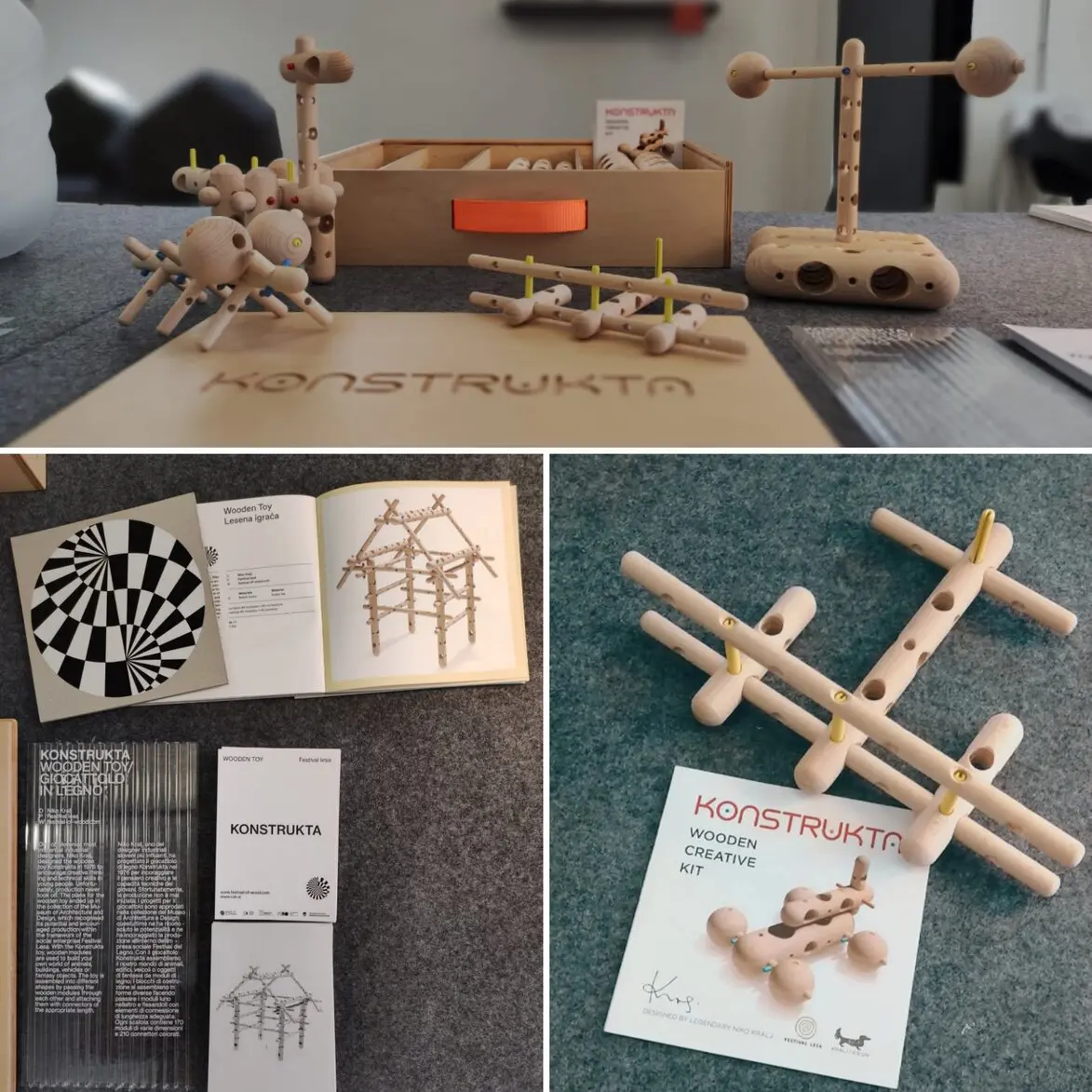
Looking forward to seeing kids and adults play with Konstrukta toys, what is the next step for the brand?
Konstrukta:
“We are planning to exhibit at some design fair or toy fair in the EU but it depends on many circumstances which one we will choose. Konstrukta will be in the beginning sold directly through us and our website (www.konstrukta.eu) and also in the physical store at the museum shop of the MAO-museum for Architecture and Design in Ljubljana.
Looking into the future, we plan to produce collectibles or limited editions of sets in sense of material and colour and also personalized sets.”
